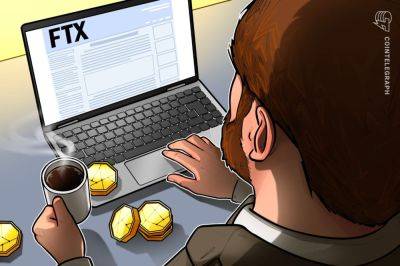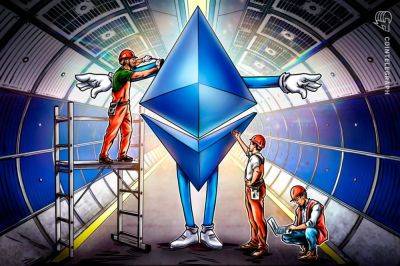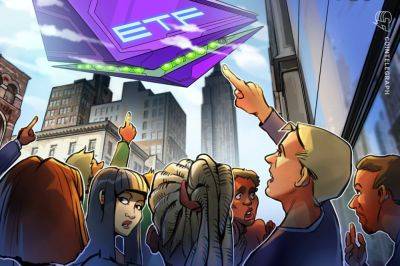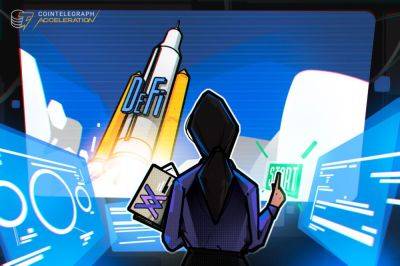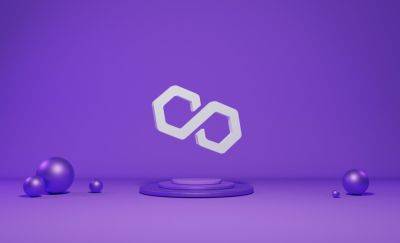How Bitcoin miners can survive a hostile market — and the 2024 halving
Only seven months remain before the next Bitcoin (BTC) halving in April 2024. It happens approximately every four years and is a deflationary process that cuts the production of new coins by 50%.
Bitcoin's halving is a high-profile event for crypto investors, and has historically led to an increase in Bitcoin's price. However, its impact on the mining industry is a more complex issue. It reduces block rewards, one of the primary revenue streams for miners. The 2024 halving will reduce it from 6.25 BTC to 3.125 BTC. That’s why miners must adapt their strategies to compensate for the reduced rewards resulting from the halving.
Let’s explore the strategies and alternative income sources that may help Bitcoin miners amid hostile market conditions.
Bitcoin mining involves a competitive process where miners vie for block rewards. This competition is driven by Bitcoin's block time, which averages around 10 minutes per block on the protocol level. Whether the network's computing power is relatively low at 1 kH/s or surges to a massive 200 million TH/s, the same block rewards must be distributed among miners.
Related: An ETF will bring a revolution for Bitcoin and other cryptocurrencies
This competitive environment encourages miners to prioritize energy efficiency and the use of cost-effective hardware. With each halving event, where block rewards are cut by 50%, this trend towards efficiency gains momentum. As the cost of producing a single BTC is set to approximately double shortly after the next halving, miners will need to explore ways to optimize their profitability and focus on these three critical factors.
The first and most important “whale” is the cost of electricity. Even a modest fluctuation of 1 cent per
Read more on cointelegraph.com



